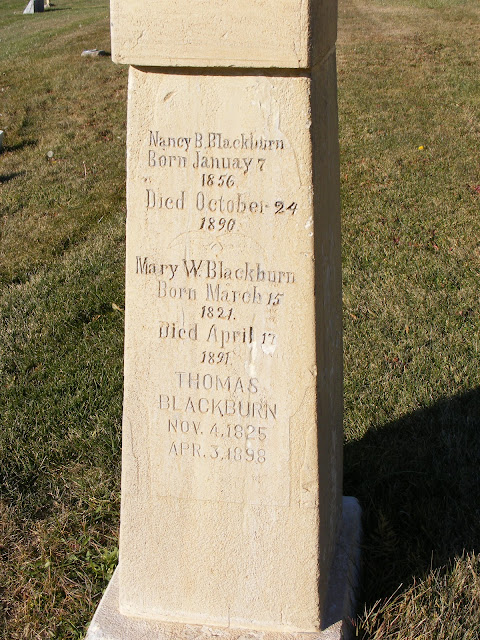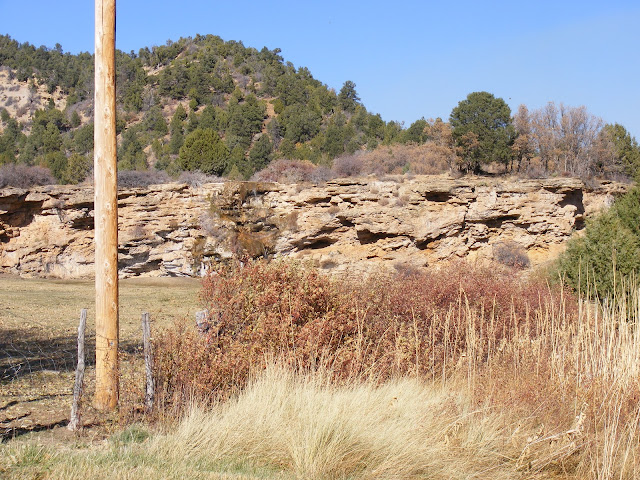Kane County Heritage
Moqui Cave
Moqui Cave was once used by Anasazi people as a shelter. It was rediscovered by white settlers in the 19th century, and served as a speakeasy in the 1920s during Prohibition. Since 1951 it has belonged to the Chamberlain family, who operate the cave as a tourist attraction and museum. Of special interest is their knowledge of ancestor Thomas Chamberlain, a well known local church leader and polygamist. (located just south of Mt. Carmel)
Gunsmoke Movie Set
The rapidly deteriorating remains of the movie set for Gunsmoke and many other western movies can still be see from the road in Johnson Canyon. The site is on private property and trespassing is not allowed.
Paria
Paria was constantly settled by Mormon ranchers and/or miners from 1865 to 1929. During this time, residents used the Paria riverbed as a constant roadway. Today access up the river is closed because the Escalante-Grand Staircase National Monument doesn’t recognize this as a road. However, the site can be easily accessed from U.S. Highway 89. The dirt road is slippery and treacherous when wet. Western movies including great like the Rat Pack and Clint Eastwood were filmed there from 1943 to 1976. Today’s the original movie sets have been destroyed and little is left other than the town cemetery.
Cave Lakes Canyon
Cave Lakes Canyon hosts a wealth of caves and springs that have been used since pre-historic times. It was used by polygamist ranchers at the turn of the 20th Century and hosts Dellenbaugh Cave in which the name of the famous member of John Wesley Powell’s expeditions is carved. The canyon is now a private guest ranch, but the owners are hospitable if you call ahead. The guest accommodations are outstanding. (1-435-644-3812
Montezuma’s Cave
A treasurer hunter named Freddie Crystal convinced Kanab townsfolk that Montezuma’s gold was buried in one of several caves east of Kanab. The effort was fruitless, but the caves remain as a testament to a Southern Utah’s heritage of treasure hunting.
Millstones Marker at the Glendale Orientation Center
These millstones, located just of U.S. Highway 89 in Glendale at the Glendale Orientation Center, were used to grind wheat and corn into flour. Glendale oral histories tell us that in 1870 these burrs, as they were called, were brought here from Toquerville, Utah, 100 miles away. The orientation center also offers several interpretive photos of Glendale’s history.
Powell Labyrinth Falls Descent Plaque
John Wesley Powell was the first European- American to descend the East Fork of the Virgin River from the current location of Mount Carmel Junction to Shunesburg. This plaque can be found just east of the Zion National Park boundary in the East Fork of the Virgin River. It commemorates his descent of Labyrinth Falls in 1872.
Hamblin Mural/Porter Painting: Orderville United Order
Maynard Dixon’s wife Edith Hamblin was a famous muralist. Her mural of the Orderville United Order was likely based on an earlier painting by Elbert Porter. Both works are on display at the Orderville LDS Stake Center.
United Order Monument at Orderville Stake Center
This monument near the Old Rock Church in Mt. Carmel commemorates community founder Dr. Priddy Meeks and the settlement of Mt. Carmel and Long Valley.
Dr. Priddy Meeks & Long Valley Settlement Monument
This monument near the Old Rock Church in
Mt. Carmel commemorates community founder
Dr. Priddy Meeks and the settlement of Mt.
Carmel and Long Valley.
Orderville Mercintile and Soup Town Cafe
The Soup Town Café is a wonderful café whose name is based on an old nickname for Orderville. It opens into the faithfully restored old merchantile, one of the last remaining rural ZCMI buildings. Inside is a handmade diarama of the old Orderville United Order.
Orderville Cemetary Tombstone Carvings
Long Valley has a long history of folk art carving including perhaps the best tombstone carving from Utah’s history. Several works of Valley has a long history of folk art carving including perhaps the best tombstone carving from Utah’s history. Several works of folk art can be viewed at the Orderville Cemetary.
Mt. Carmel Rock School and Church
The historic rock church in Mount Carmel was used to school the children living in the Mount Carmel area. The log building was built in 1880 and used as a church, school house and recreation hall. In 1890 it was converted into the stone structure In 1919 it burned down. In 1923 it was rebuilt, this time with rock. After the small building was rebuilt, the rock structure was used almost entirely as a church.
Maynard Dixon
Maynard Dixon, c.
1906
Maynard
Dixon was born in 1875 in Fresno,
California. He trained as an
artist in the early 1890s and was a successful illustrator for the rest of the
decade. Dixon admired the scenery of the American
West
and began to make tonalist
and impressionist paintings of its landscapes. In the 1920s, he shifted to a Precisionism style, influenced by
his then-wife Dorothea Lange. Many of Dixon's works included Native Americans and sometimes lived
in their reservations and the surrounding, undeveloped land. Dixon married
Edith Hamlin, a noted muralist
from San Francisco, California in 1937. Over two hundred of Dixon's works were
hosted in museums and art galleries
before his death in 1946.
The
Dixons moved to Mt. Carmel, Utah in 1939. Maynard
first visited the area in 1933 and made several paintings of the small town.
Mt. Carmel also proved to be an ideal launching area for excursions to Zion National Park, a place that proved to be an
inspiration for several of his most popular works. Maynard made plans to return
to Mt. Carmel almost as soon as he married Edith. They purchased an adjoining
lot and built a wine cellar and guesthouse. The Dixons spent summers in the Mt. Carmel home and
wintered in Tucson,
Arizona.
Maynard
Dixon last visited the home in 1945; his failing health from emphysema forced him to stay
in Tucson that summer and he died in his Tucson residence on November 11, 1946.
The next year, Edith buried his ashes beneath a boulder at the Mt. Carmel home
and installed a memorial plaque. Edith continued to summer in the Mt. Carmel
home, adding a large paint studio in 1948. She re-married in 1951 and moved
back to San Francisco in 1953. She later painted the murals of Coit Tower. Edith sold the
property to her friend, the famed watercolor artist Milford
Zornes.
Zornes occasionally used the property's studio for his own works. He sold the
house to the Binghams, who restored the building and the property.
United Order Woolen Mill Site and Hidden Lake
A small interpretive site at the head of a meadow
just north of Glendale’s Hidden Lake tells of the
old United Order woolen mill that was once
located in the meadow. Hidden Lake supplied
the water source as well as sporting an outdoor
dance floor and boating for romantic rides on the
lake. Hidden Lake is privately owned and not
accessible to heritage tourists.
Subscribe to:
Comments (Atom)

















































